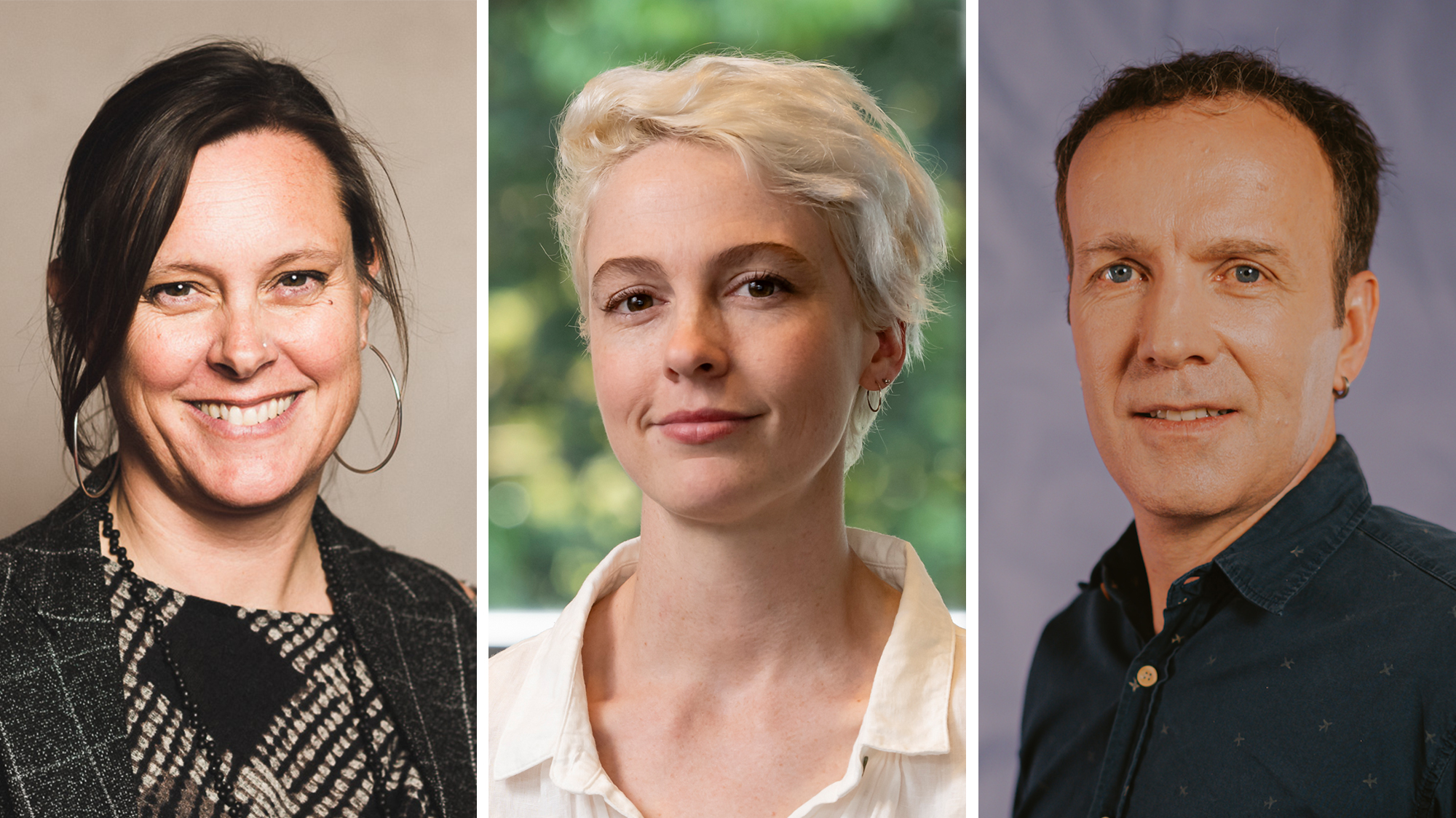
Public health strategies among young people must address violence against women and risky sexual practices associated with pornography exposure, QUT researchers say in research published today.
QUT researchers from the QUT School of Justice Professor Michael Flood and PhD candidates Maree Crabbe and Kelsey Adams drew on a nationally representative survey of 1,985 Australians aged 15 to 20 on their exposure to and use of pornography.
They published their findings in the Australian and New Zealand Journal of Public Health.
The survey was conducted by Our Watch, a national leader in Australia’s work to stop violence against women and their children before it starts.
Ms Crabbe said a growing body of evidence indicated that young people’s pornography exposure and use had public health implications.
“In particular, pornography plays a role in shaping young people’s sexual understandings, expectations, and experiences,” Ms Crabbe said.

“Research has shown pornography is associated with a range of harmful attitudes, and behaviours, including risky sexual behaviours, greater sexual objectification of women, rape myth acceptance, and sexual coercion and aggression.
“This study aimed to provide large-scale, rigorous research examining young people’s pornography exposure inclusive of demographic and geographical differences nationwide.”
Ms Crabbe said the survey showed that pornography had a widespread presence in young people’s lives in Australia.
“In this survey of 15–20-year-olds, 86 per cent of male and 69 per cent of female participants had seen pornography.
“Of those 50.1 percent of young men and 40.3 per cent of young women reported deliberately seeking pornography the first time they viewed it.
Curiosity was cited as the main motivation for seeking pornography for the first time, followed by sexual stimulation, because friends were watching, and wanting to learn more about sex.
“Among young people who had seen pornography, the average age of first porn exposure was 13.2 years for males and 14.1 years for females.”
Professor Michael Flood said the extent of pornography exposure the study revealed made it likely pornography was a significant influence on Australian young people’s sexual attitudes and behaviours.
“Pornography use is associated with both violence perpetration and victimisation. Given that young men aged 15-19 years are the group most likely to perpetrate sexual violence, and young women of that age group are most likely to be victims of it, violence prevention should include efforts to reduce pornography’s potential harms,” Professor Flood said.
“Almost half the young people who first encountered pornography accidentally stumbled upon it online via searches or pop-ups, suggesting both regulatory and technological measures should be considered to limit minors’ online exposure.”
Our Watch CEO Patty Kinnersly said that the research was clear that young people needed more support.
"Young people need help to think critically about the portrayal of gender roles and relationships in porn, as well as the potential impacts in their own lives," Ms Kinnersly said.
"Young people need guidance, honest conversations and information about sex, sexual relationships and pornography to develop equal, positive and healthy relationships.”
“Pornography exposure and access among young Australians: A cross-sectional study” was published in the Australia and New Zealand Journal of Public Health.
QUT Media contact:
Niki Widdowson, 07 3138 2999, n.widdowson@qut.edu.au
After hours: 0407 585 901, media@qut.edu.au
OurWatch contact:
media@ourwatch.org.au, 0448 844 930


